1. Before talking about flutes and pipes, I want to linger a bit on the panpipes, even though in the previous lesson we devoted a lot of words to the panpipes.
The Dong Son panpipe is one of the most talked about wind instruments. The panpipe player is an indispensable image in every festival and performance. In the most sacred places, that is the offering ceremony in the main stilt house on the bronze drum, bronze jar, we also recognize the panpipe player in the corner. In the group of warriors dressed in feathers dancing in front of the stilt house, there is always a panpipe player creating the main rhythm next to the hand-bell. On the back of the elephant creating melody next to the shaman is also only the sound of the panpipe...

Two dancers carrying each other. The person on top is playing a flute (collection of the National History Museum)
We also see the flute player being carried on the back of another dancer from the national treasure statue currently on display at the National History Museum. The flute player is often arranged to sit precariously around the Dong Son oil lamp, like the image of the young man playing the flute perched on the handle of a Viet Khe bronze ladle. I also often mention the image of the procession with a cup held in both hands, a person scooping wine, and the indispensable figure of the flute player accompanying the procession, depicted by the Dong Son artisan on the bronze chest plate in the CQK collection in California (USA)...
The most notable image of the khen in this article is the khen accompanying the flute and the flute, forming the three classic wind instruments in the Dong Son orchestra.

A Dong Son “gourd ladle” artifact. Notably, there is a hole at the end of the handle that can be used for drinking through the nose (tỵ âm) or inserting a “kén” to blow. The sound can be adjusted through a bundle of bamboo tubes with holes inserted into the mouth of the ladle (CQK collection, California, USA)
2. For ease of storytelling, I would like to start with the sculpture on a belt buckle in the Dang Tien Son collection (Hanoi).
I have been cherishing, studying and photographing this artifact since 2001. The rather small statue is arranged in the shape of 3 musicians on a circular disc about 6-7cm in diameter. One person holds a musical instrument with a slightly spiral curved tail like a horn. That is the curved part of a panpipe. Sitting on the left is a person holding a "tieu" - a type of bamboo flute with a vertical blowing hole at the top. Opposite the panpipe player is a horizontal flute artist. The funny scene has a similar atmosphere to the statue of two panpipe players carrying each other, showing that the belt plate belongs to a cheerful leader rather than a shaman who is always serious and mysterious. It seems that all panpipe orchestras are such cheerful and eager orchestras.

The artifact discovered exactly 100 years ago at the Dong Son site during Pajot's excavation is now on display at the National History Museum: A kettle or the gourd of a reed-shaped instrument!? I believe that in the future the question will be answered. Personally, I think it is a reed-shaped gourd!
The second statue I saw is worthy of being recognized as a national treasure. Unfortunately, it is currently in a private collection in Europe. I often use the name for my publications after being contacted and being allowed to research, comment and publish as "Pham's collection" (Pham's collection, Paris, France). In 2008, accepting an invitation to attend the World Archaeological Conference in Dublin (Ireland), on the way to Dublin, I stopped in Paris (France) to work with a fairly large Dong Son collection at the Hioco Gallery. Many very unique artifacts of the Dong Son culture appear in this collection, notably the "Dong Son Orchestra" statue which I saw for the first time and remains the only Dong Son orchestra statue to this day.
I have written a lot about this orchestra, so I won't repeat it here, but will just emphasize the simultaneous appearance of the trio of panpipes, flutes, and flutes in a very typical performance space.
The actual orchestra statue is a hanging object, staged on a square "stage" 3cm high, each side 8cm wide, decorated with four-sided patterns. The hook to hang the object is placed in the middle, where there is a column, on which is placed a horizontal leather drum. On an area of 64cm2, only about the size of a cigarette pack, the Dong Son bronze casting artisan cleverly arranged the statues of 8 artists. In addition to the 4 people standing with their hands clasped on their sides, mouths open to sing, there are 4 musicians: the drummer in the middle, 3 corners are 3 "blowers" (one holding a panpipe, one holding a flute and one playing a flute) creating a unique melody of the wind instrument, with the leather drum only keeping the beat.

The block of the statue “Dong Son Orchestra” with a leather drum in the middle, two opposite corners are the piper (on the left) and the flute player on the opposite side. The people standing with their hands on their hips are singing.
I brought the photos of this artifact to ask many collectors in Vietnam, fortunately I found the first owner. He took me to the place where this statue was dug up in the garden of a resident in Lang Vuc, Vinh Ninh, Vinh Loc, Thanh Hoa. The statue was on the head of a dead person, the skull was green with rust, and was resting inside a bronze drum.
Images of panpipes, flutes, and leather drums still found in the ceremonial house of a Dong Son drum discovered in Indonesia help confirm the widespread existence of Dong Son sound-making art that reached its peak, where modern terms are still used as "harmony, instrumentation".
3. To temporarily end the section on wind instruments, I would like to mention a unique phenomenon, which is the multi-tube trumpet. In the Dong Son "blowing" instrument set, there was a multi-tube trumpet. It is a musical instrument made of small bamboo tubes, joined together. The bamboo tubes have a blowing hole on top like the way a flute is made. They are cut to different lengths, so that each tube will create a different high and low tone.
In Tang Dynasty art, there are many images depicting musicians using this type of trumpet. I present here a statue of a man playing this multi-pipe trumpet on a dagger handle from the CQK collection (California, USA). In Vietnam, I also found a specimen in the Dong Son Drum Restaurant collection and a wandering specimen on the internet.
Most of the multi-tube trumpet statues are standing with their hands cupped and holding the pipes at mouth level, similar to the way harmonica players play today. To produce music, the artist blows into holes drilled at the top of the pipes. Each pipe produces a separate note and the skillful gliding of the "blowers" will create the desired melody.
There is no evidence of this type of trumpet playing in the Dong Son orchestra. It is possible that it was a development of the "lip trumpet", used by Mong boys to charm the girls they love...
The images of panpipes, flutes, and leather drums show that the art of creating music in Dong Son has reached its peak, which modern terms still use as "harmony, arrangement" - Dr. Nguyen Viet.
Dr. Nguyen Viet
Source: https://baotanglichsu.vn/vi/Articles/3101/75256/tao-am-djong-son-ky-7-bo-ba-khen-tieu-sao-trong-am-huong-djong-son.html



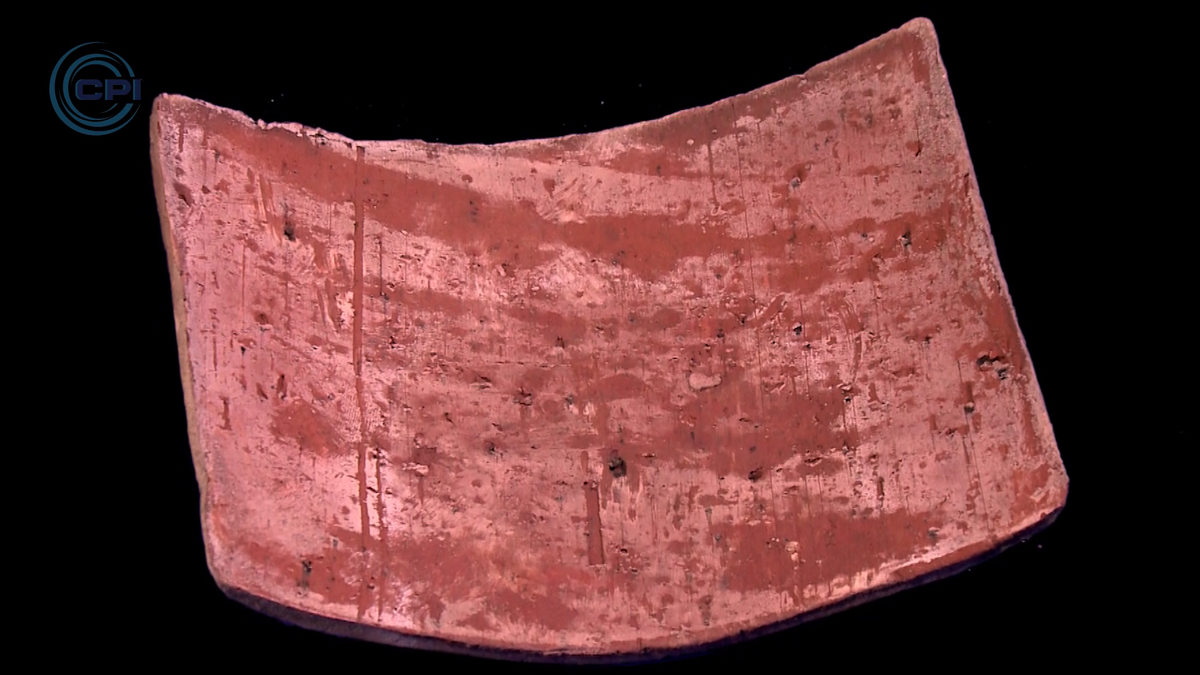
![[Photo] The moment Harry Kane lifted the Bundesliga trophy for the first time](https://vphoto.vietnam.vn/thumb/1200x675/vietnam/resource/IMAGE/2025/5/11/68e4a433c079457b9e84dd4b9fa694fe)

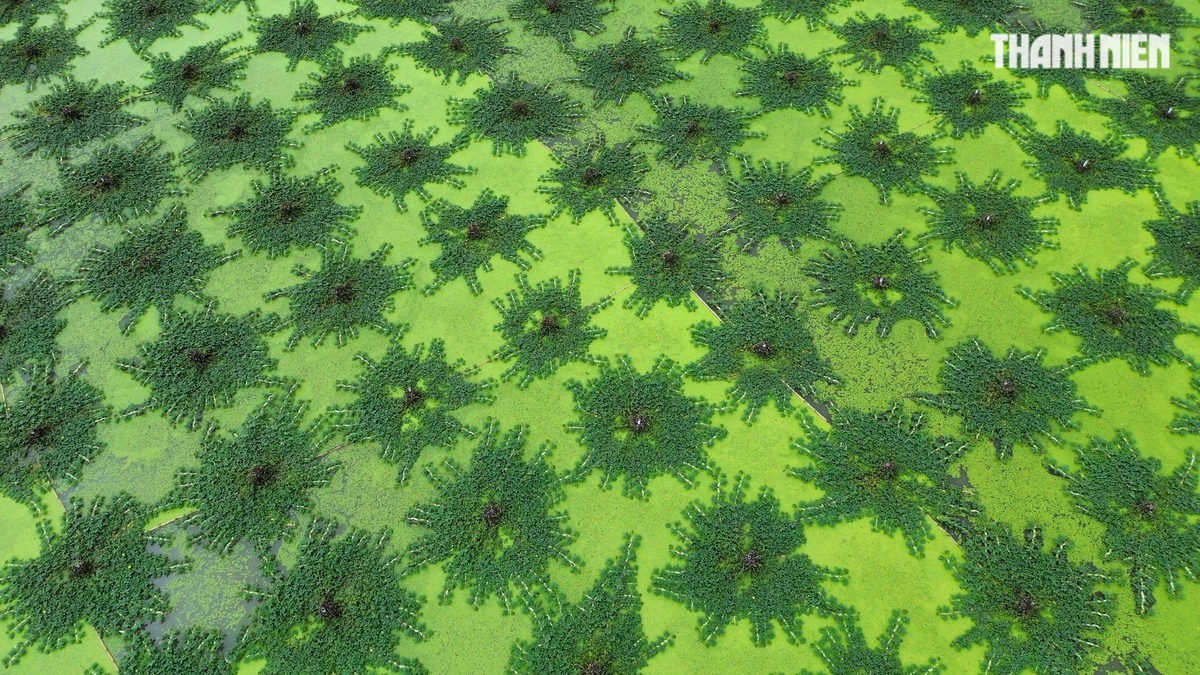
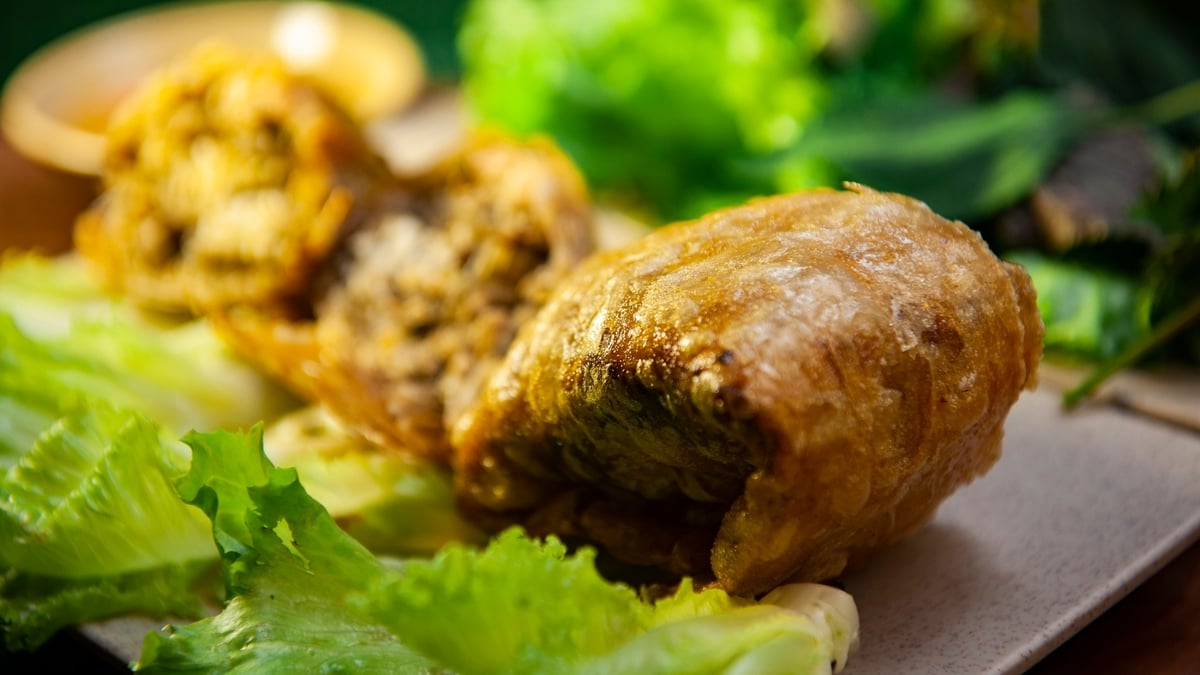


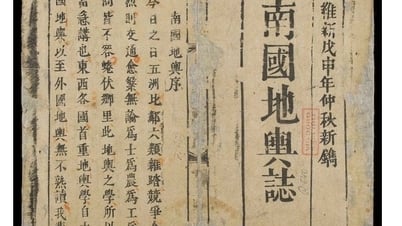
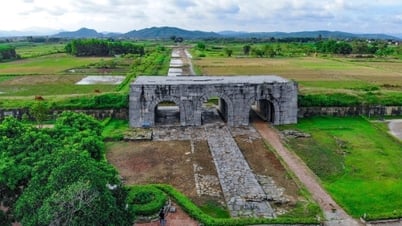
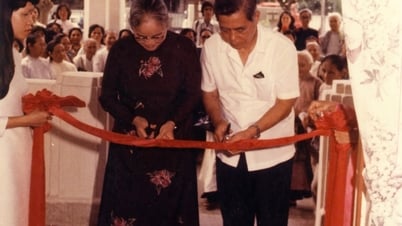




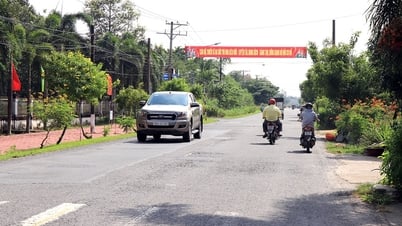
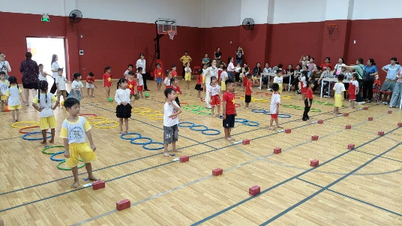



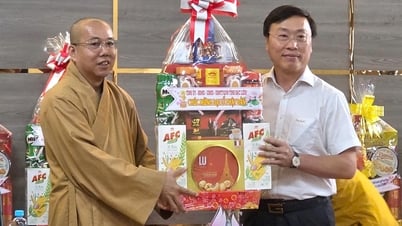
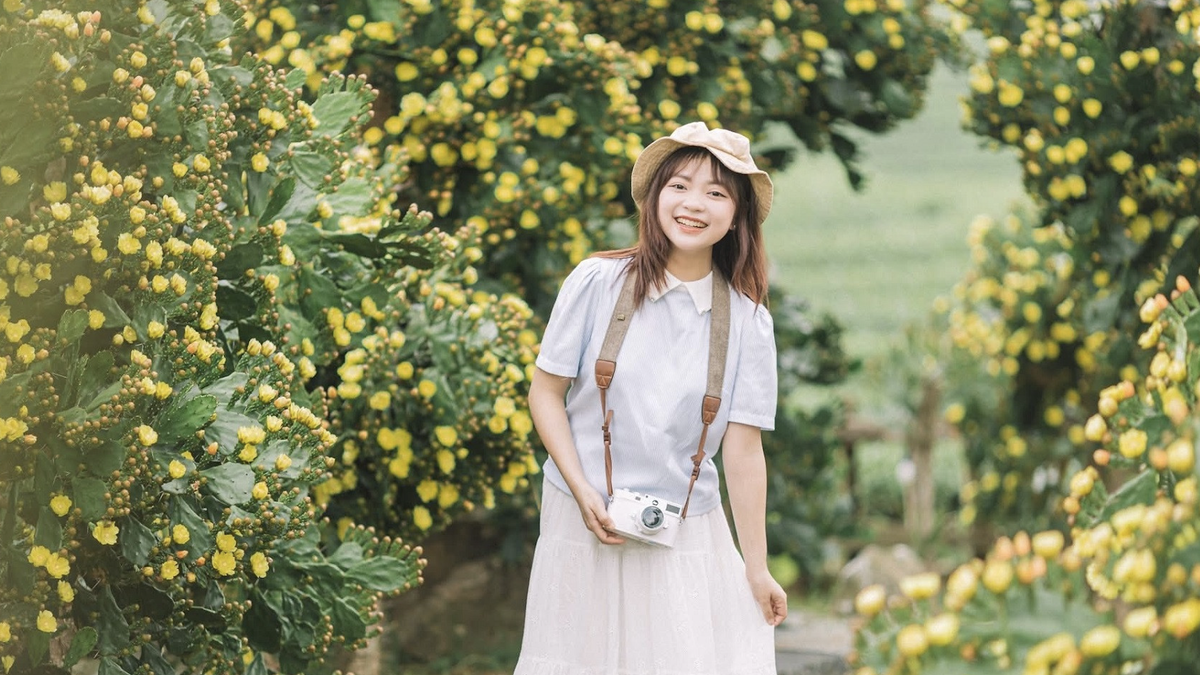











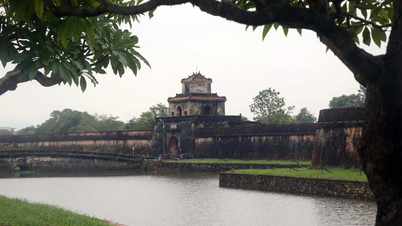











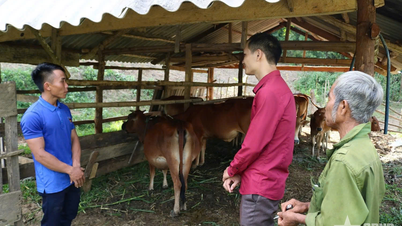









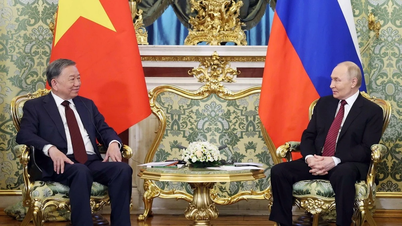
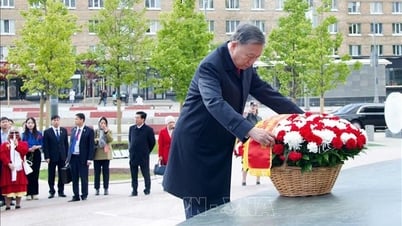
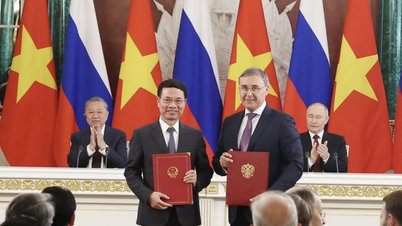

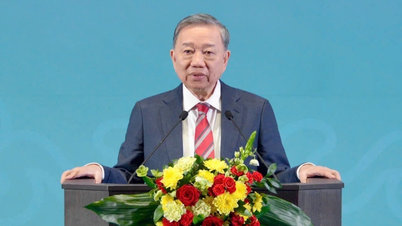
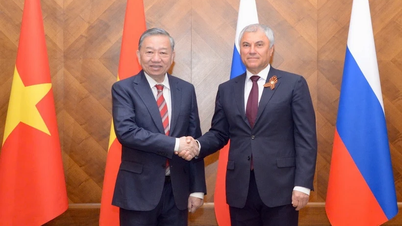










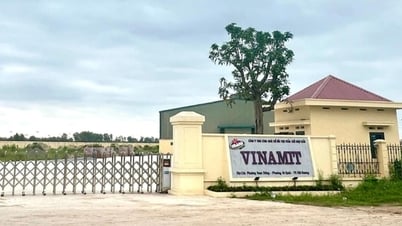

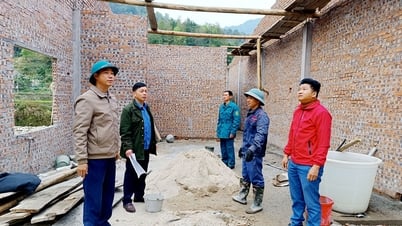





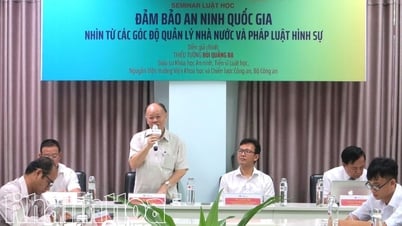














Comment (0)